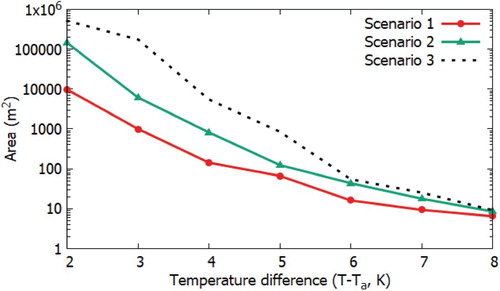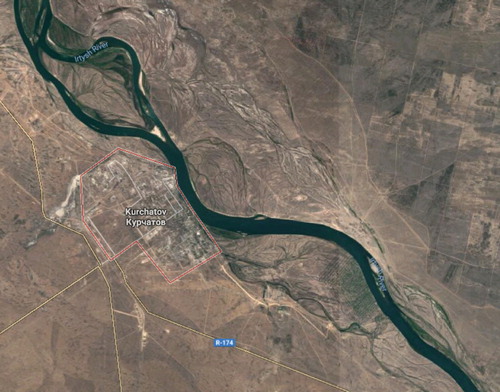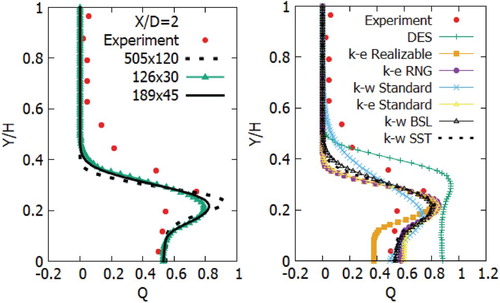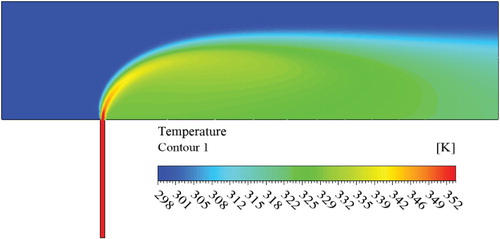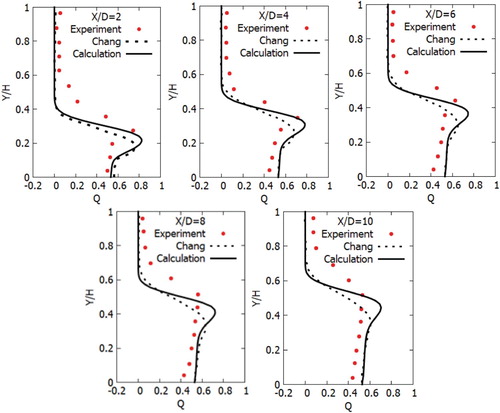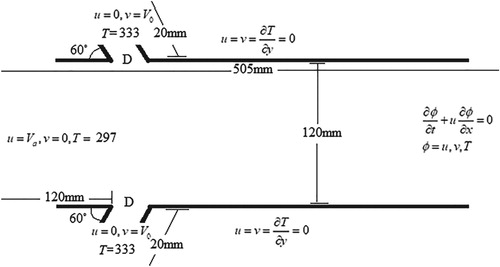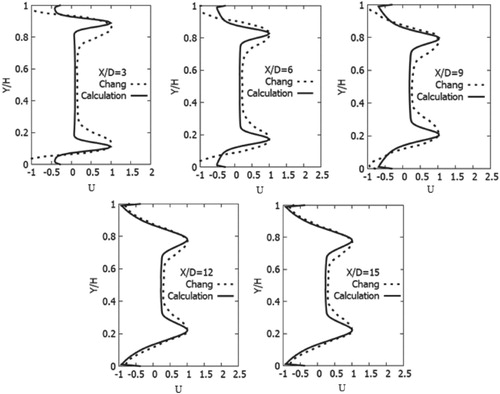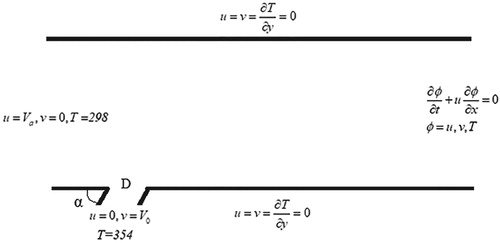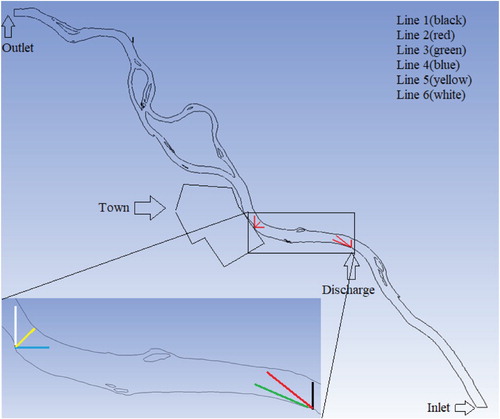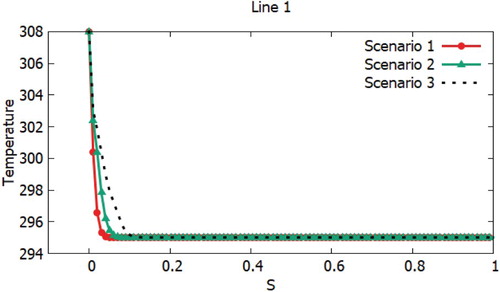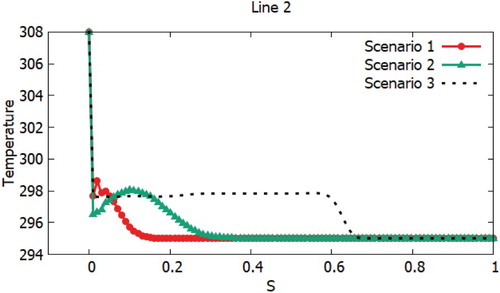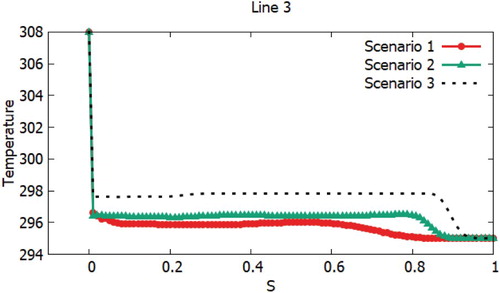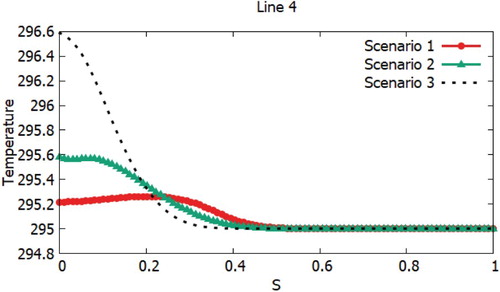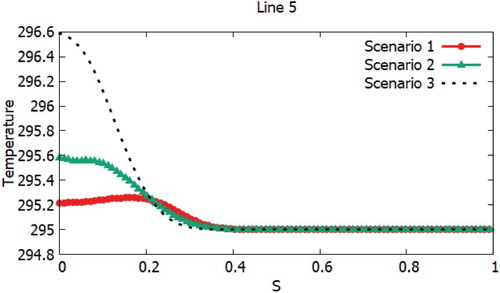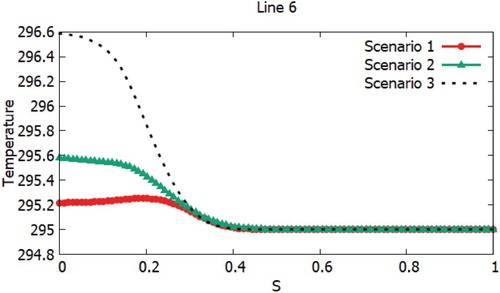Figures & data
Table 1. Calculation duration and various norms of different turbulent models.
Figure 7. Contours of temperature propagation for oppositely directed transverse flows at an angle of .
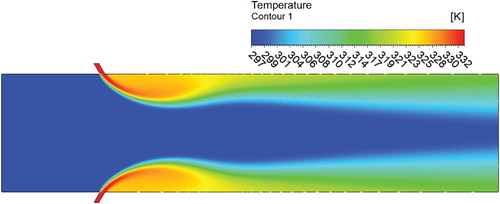
Figure 10. Dimensionless temperature profiles for the vertical cross section at different angles (
) of the transverse channel.
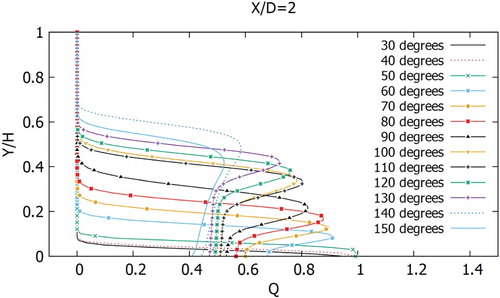
Figure 11. Dimensionless temperature profiles for the vertical cross section at different angles (
) of the transverse channel.
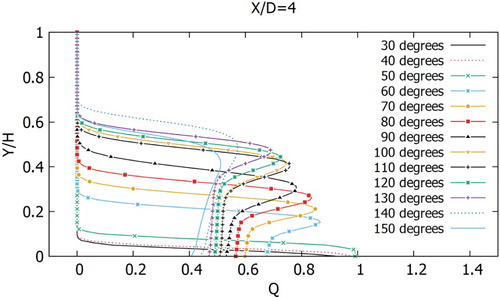
Figure 12. Dimensionless temperature profiles for the vertical cross section at different angles (
) of the transverse channel.
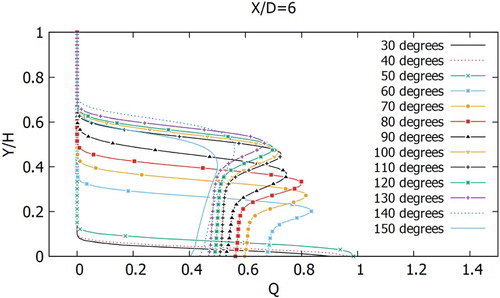
Figure 13. Dimensionless temperature profiles for the vertical cross section at different angles (
) of the transverse channel.
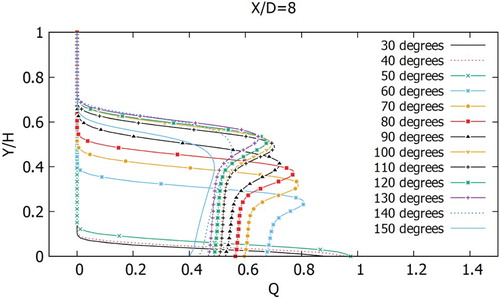
Figure 14. Dimensionless temperature profiles for the vertical cross section at different angles (
) of the transverse channel.
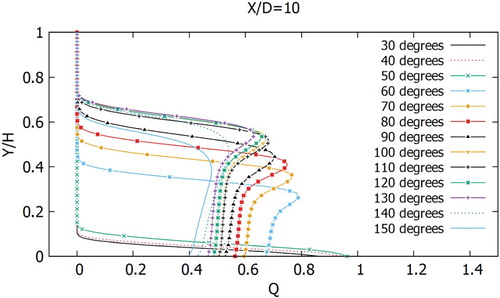
Figure 15. Dimensionless horizontal velocity component profiles for the vertical cross section at different angles (
) of the transverse channel.

Figure 16. Dimensionless horizontal velocity component profiles for the vertical cross section at different angles (
) of the transverse channel.
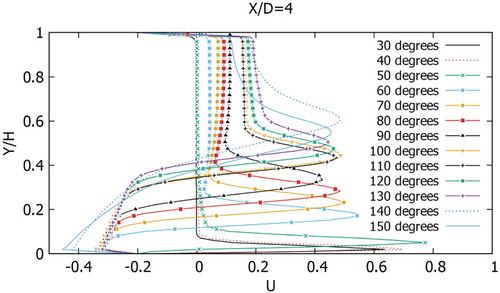
Figure 17. Dimensionless horizontal velocity component profiles for the vertical cross section at different angles (
) of the transverse channel.
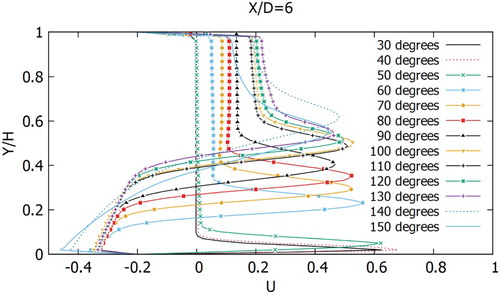
Figure 18. Dimensionless horizontal velocity component profiles for the vertical cross section at different angles (
) of the transverse channel.
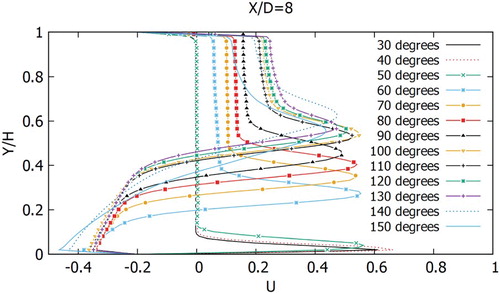
Figure 19. Dimensionless horizontal velocity component profiles for the vertical cross section at different angles (
) of the transverse channel.
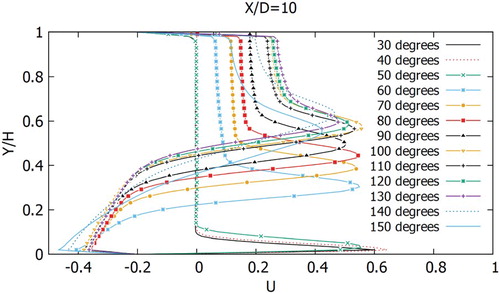
Table 2. Parameters used in the main scenarios.
Figure 22. Distribution of heated water at discharge rate 2 m/s from the water discharge channel (scenario 1).
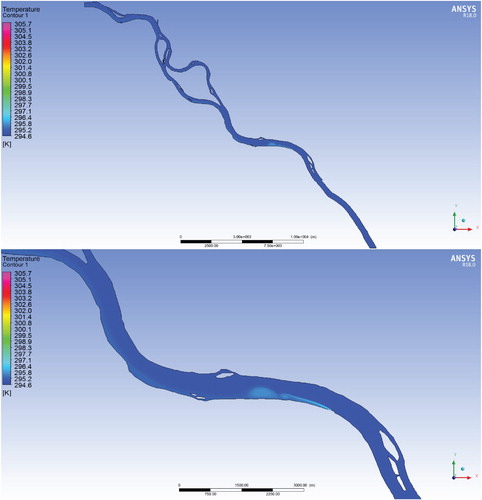
Figure 23. Distribution of heated water at discharge rate 2 m/s from the water discharge channel (scenario 1).
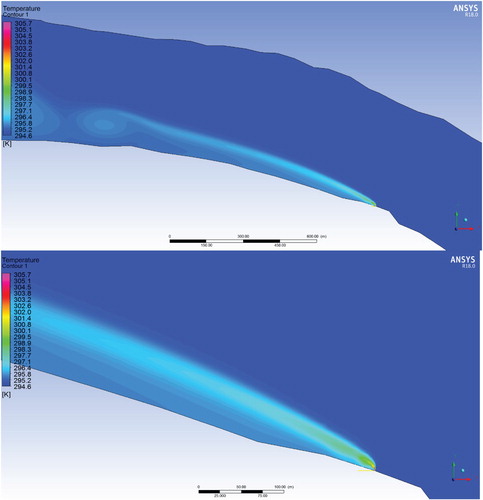
Figure 24. Distribution of heated water at discharge rate 4 m/s from the water discharge channel (scenario 2).
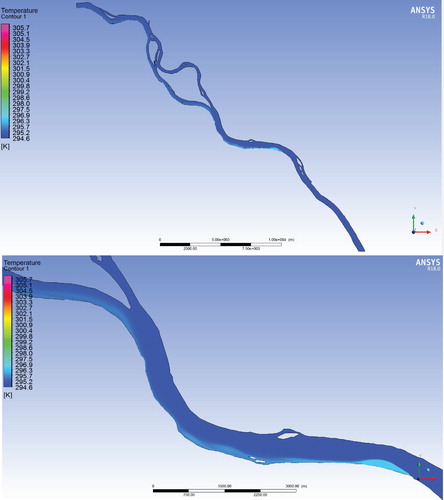
Figure 25. Distribution of heated water at discharge rate 4 m/s from the water discharge channel (scenario 2).
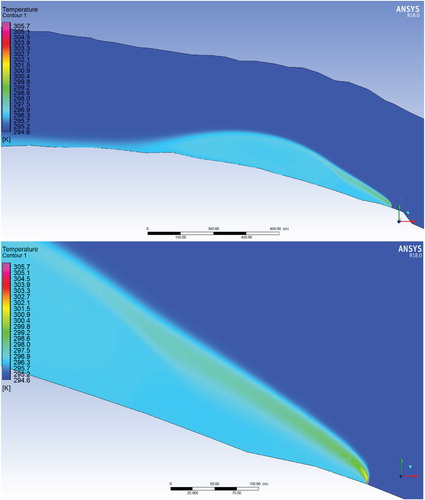
Figure 26. Distribution of heated water at discharge rate 8 m/s from the water discharge channel (scenario 3).
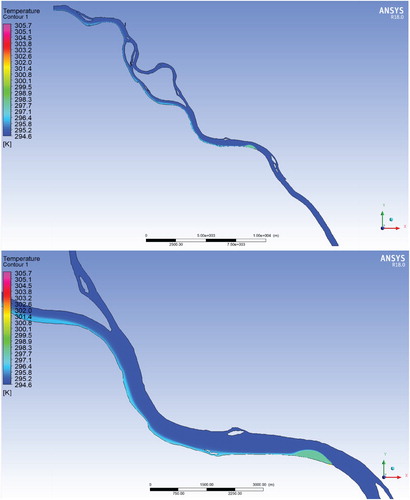
Figure 27. Distribution of heated water at discharge rate 8 m/s from the water discharge channel (scenario 3).
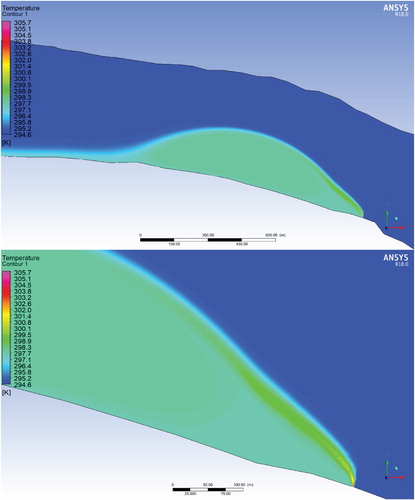
Figure 28. Area of heated water zones on the river (), where discharged the heated water temperature exceeds the ambient temperature of the aquatic environment.
